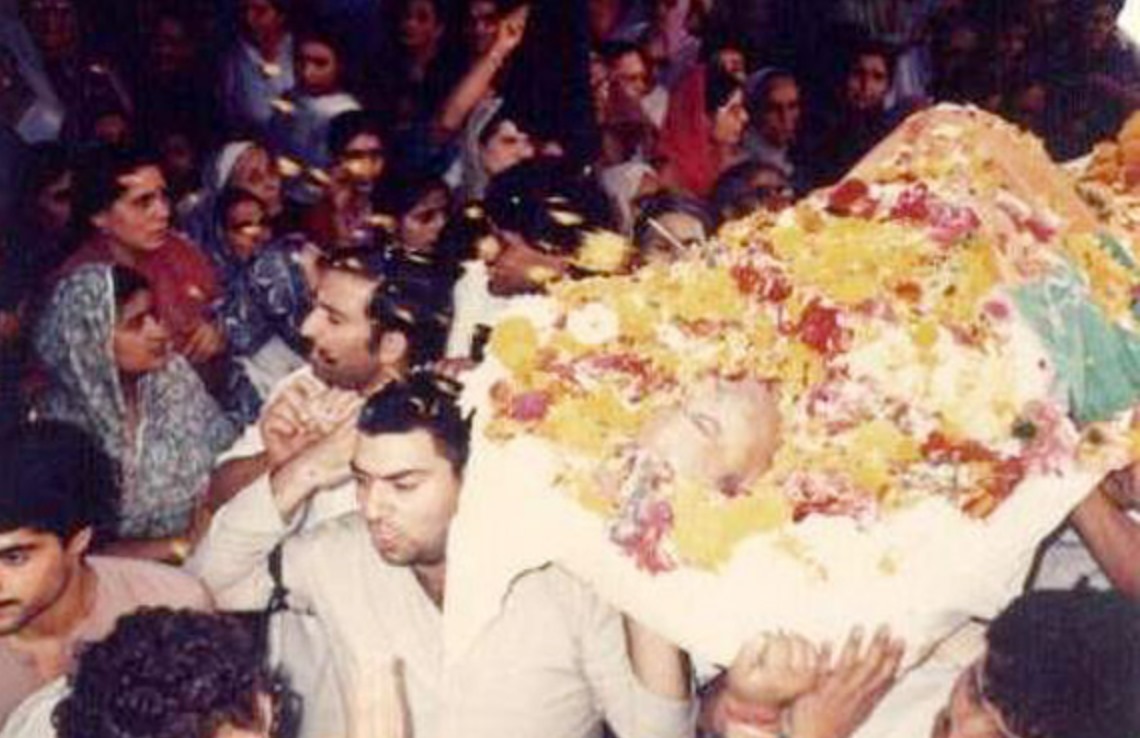Unforgettable Pain: The Story of Girija Tickoo 1990
On June 25 1990, Kashmir lost a daughter, a voice, and a part of its conscience.Girija Tickoo, a young Kashmiri Pandit librarian, was abducted, raped, and killed in one of…
On June 25 1990, Kashmir lost a daughter, a voice, and a part of its conscience.Girija Tickoo, a young Kashmiri Pandit librarian, was abducted, raped, and killed in one of…

In the valley of whispers, where mountains weep, Shadows crept in, cold and deep. Voices of courage, once steady and bright, We were silenced by fear in the dead of…

Introduction: Tika Lal Taploo and the Kashmiri Pandit Exodus The assassination of Tika Lal Taploo in 1989 was more than just the tragic killing of a leader; it marked the beginning of…
In the beautiful valley of Kashmir, where tall mountains watch over age-old traditions, a single act of violence on February 2, 1990, marked the beginning of a devastating period in…